8. Thelma
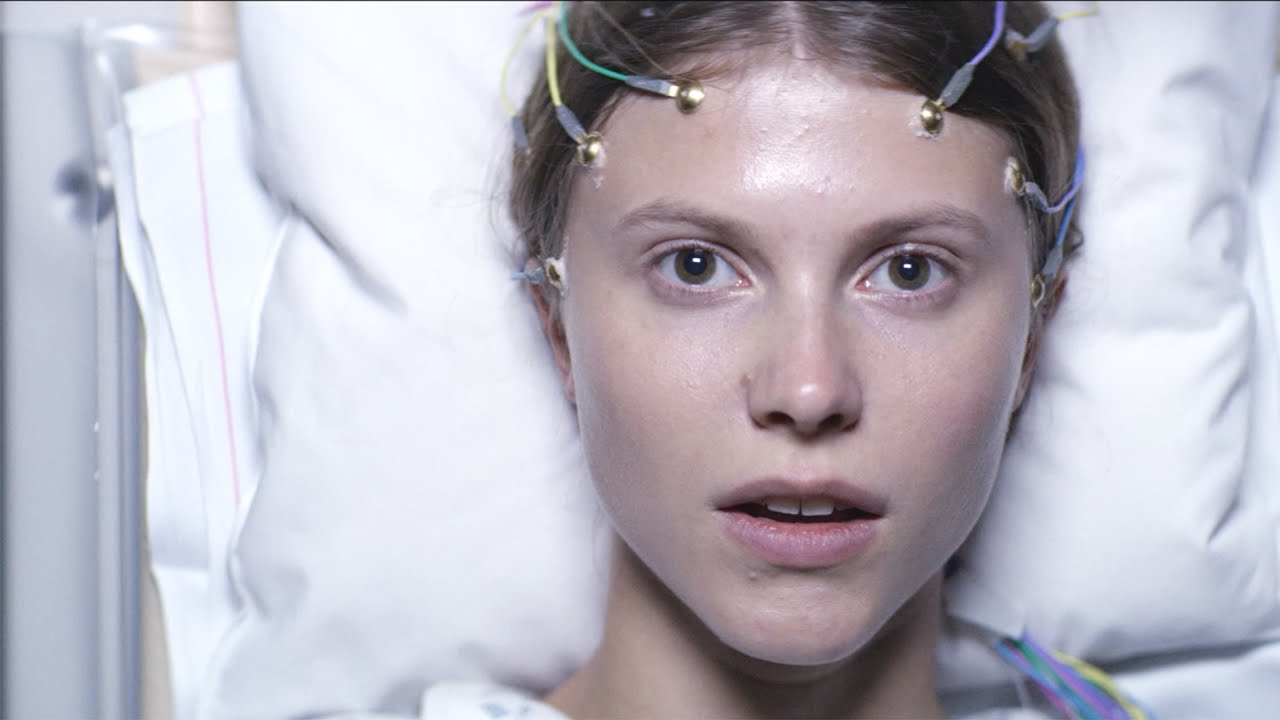
Coming-of-age movies have been, for a long time, one of the most popular and overdone subgenres of cinema, but in 2017 they seem particularly popular, with “Lady Bird” and “Call Me By Your Name” popping up on everyone’s “Best of the Year” lists and becoming major Oscar contenders. There was another coming of age movie this year, however, that didn’t get nearly the same kind of love: Joachim Trier’s excellent “Thelma.”
A reason that might explain its relative obscurity is that this is not your ordinary high school coming-of-age movie, but more of a spiritual sequel to “Carrie”: it’s a genre movie about a young girl discovering her powers in more ways than one. But while Brian De Palma was more interested in creating an unapologetically cinematic world, where realism plays second to style, Trier grounds this movie in a firm sense of reality, so that when the more supernatural elements of the story begin to emerge, the audience is already so deeply invested that everything has more weight to it.
After all, “Thelma” is first and foremost a love story, between the title character and her college classmate, Anja. As Thelma, the daughter of two deeply religious parents (another cue from “Carrie”), begins to discover her repressed homosexuality, her psychic powers start to reveal themselves, and Trier then uses the opportunity to create evocative religious imagery that culminates in one of the most haunting moments of 2017 cinema, when Thelma hallucinates a snake entering her mouth.
“Thelma” serves as an allegory, a coming-of-age story and a supernatural thriller, but most of all, it’s a just a wonderful movie.
7. Columbus

The first movie by renowned video ist Kogonada, “Columbus” is a quiet, delicate, visually striking indie movie about art, connection and place that isn’t so much inspired by Ozu as it directly drips with his style in every immaculately composed frame.
“Columbus” is a simple story of two people who casually meet and have conversations about architecture, life and themselves. If that sounds boring, it isn’t, thanks to two self contained but lovely performances by John Cho and Haley Lu Richardson, who infuse the movie with humanity and a lived-in feel that makes everything more natural and relatable. But praise must also go to first timer Kogonada, who, aside from writing and directing, also edits the movie, and so is in complete control of the pacing, which is slow and methodical but purposeful, allowing the audience to spend time with those people and really get to know them.
But the characters aren’t only the two leads; one the most important presences in the movie is the city of Columbus itself, which Kogonada shoots with almost fetishistic appreciation. Every single frame is a miracle of composition, with the director especially interested in highlighting the modernist architecture of the town, an important part of the lives of the protagonists and, therefore, the movie itself. The result is simply jaw-dropping, with every new shot more beautiful than the last.
“Columbus” is a very simple movie when it comes to narrative, but a more dedicated cinephile will undoubtedly appreciate the sophisticated visuals and characterization presented here, which is why it absolutely must be seen by more people.
6. Logan Lucky
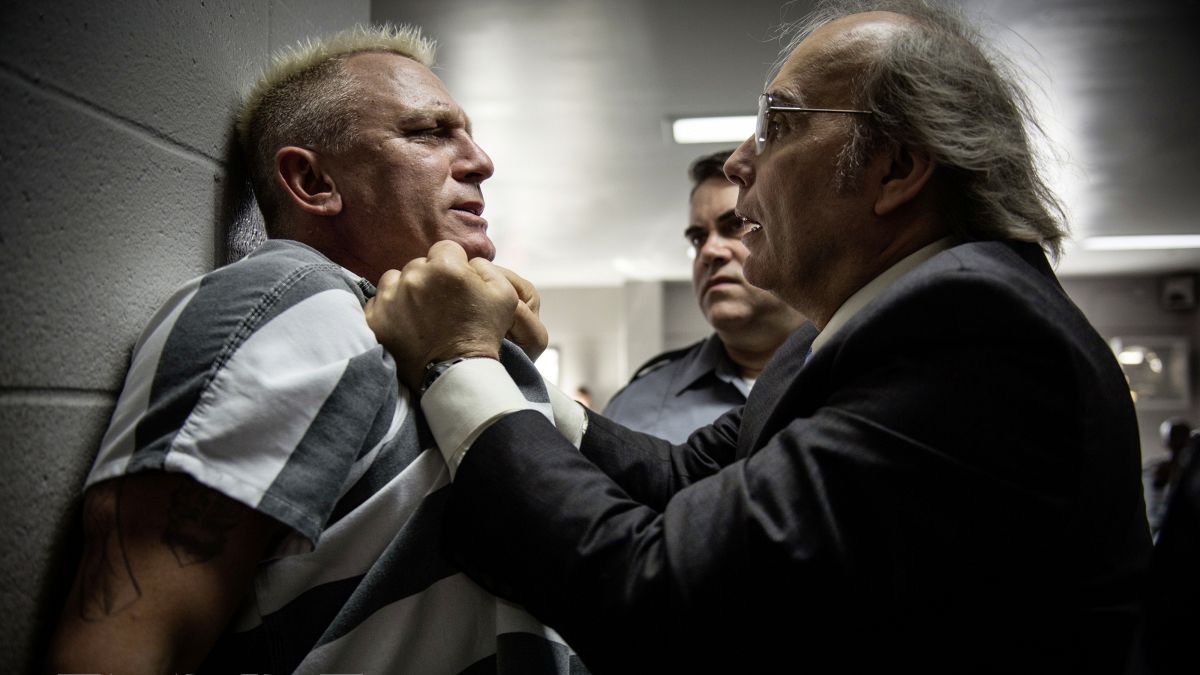
After his “retirement” in 2013 (during which he directed every episode of the TV series “The Knick”), Steven Soderbergh’s return to movies, you’d think, would be big news. That he returned with a heist film, a genre that he’s mastered like no other (Ocean’s Eleven still is his most enduring hit), starring Channing Tatum, Adam Driver and Daniel Craig, you couldn’t fault one for thinking this would be one of the most talked movies of the year. But “Logan Lucky,” though it received some good reviews, was mostly a non-starter.
Many reasons could be behind that fact, but the actual quality of the movie is not one of them; this is Soderbergh at his best; a craftsman of incredible precision (he directed, shot and edited the movie) and a pure entertainer, who knows how to engage an audience, how to capture their attention and provoke their emotions.
There’s such a pleasure in a seeing a director who knows exactly what he’s doing; every frame of “Logan Lucky” has a purpose, every musical cue contributes to the feeling of the scene, every joke and gag lands. Watching a Soderbergh film is like witnessing a very complex machine of popcorn entertainment, where everything works so well you don’t even realize the immense effort that is there.
A sort of spiritual sequel but also counterpoint to “Ocean’s Eleven,” “Logan Lucky,” as its tagline says, sees how “the other half steals,” which in this case means redneck brothers Jimmy and Clyde Logan, who band together with their sister Mellie and scene stealing Joe Bang to rob a Nascar stadium. It’s an ingenious subversion to the usually uber-suave and stylish criminals that star in heist movies, and the result is an absolute delight, a funny, slick, clever and, perhaps unintentionally, politically resonant film for our times without ever being preachy.
It’s just a great movie from one of the best working directors, and may he do many more.
5. Ingrid Goes West
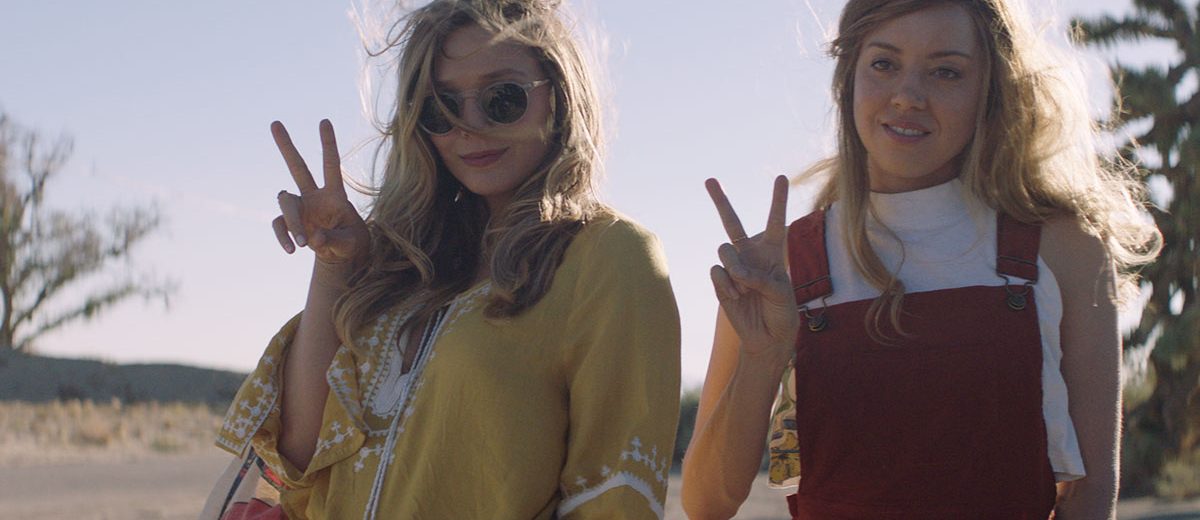
Early in 2017, “Ingrid Goes West” garnered some hype when it debuted at the Sundance Film Festival to widespread acclaim. It seemed the movie would go on to become one of the obligatory indie hits every year has, but when it was released, in spite of some good reviews, there was almost no talk of it in film circles across social media.
That’s perhaps because “Ingrid Goes West” is the first movie to truly reckon with the millennial generation, to reflect upon the pressures of what it means to be in the self-obsessed age of social media, the deep psychological wounds one can develop due to the put-upon social obligation of having followers and being popular. Also, it’s a very funny comedy.
Co-written and directed by first timer Matt Spicer (it seems a lot of debuts were great and underappreciated in 2017), “Ingrid Goes West” is a social satire that’s becoming more and more rare: it can genuinely make you laugh and also offer thoughtful criticism at the same time, all the while telling a story that works on its own, deeply rooted in character.
And that character truly is the soul the movie lives by, thanks to the nuanced writing and Aubrey Plaza’s revelatory performance. Ingrid is one of the most complex characters to have graced the screens of 2017, an anti-heroine who disgusts but also invites deep compassion, as Plaza is able to give humanity to the character even in her most undignified moments (one scene near the end, in particular, should have been enough to make the actress an awards contender, which unfortunately doesn’t seem to be happening).
Featuring an impressive cast where everyone is great (the highlight being Elizabeth Olsen, as Ingrid’s obsession, and O’Shea Jackson Jr., heartfelt and funny as her neighbour), “Ingrid Goes West” is one the year’s biggest surprises and more people need to discover it.
4. The Blackcoat’s Daughter

Among its many highlights, 2017 was as especially exceptional year for horror. “Get Out,” of course, is the most celebrated film of the year, with good reason, but there was also “mother!”, one of the most talked movies in years; the Stephen King adaptation “IT,” which ruled the box office; and even “Split,” the glorious return to public graces from M. Night Shyamalan. Another brilliant movie of the genre was “The Blackcoat’s Daughter,” which deserved just as much praise as these other movies, but was relegated to obscurity.
Written and directed by Osgood Perkins (another first timer), “The Blackcoat’s Daughter” is a brooding, atmospheric, slow-burn movie that is more interested in sending a gradual chill down your spine rather than making you jump with a loud musical cue. In fact, this is an utterly distinct beast: on the surface, it could be described as a demonic possession movie, but it doesn’t play by the cliches of the genre, or even subverts them necessarily. Instead, it plays like a tonal poem of melancholy that becomes more and more disturbing.
It is, as said, extremely slow, which might bother some viewers, but that’s also the point; Perkins expertly paces the film to create a feeling of growing, inescapable dread that reaches the point of being almost unbearable, and only then does the director break the gore expected from the genre, to bone-chilling effect.
It’s also a gripping mystery, with Perkins playing with the audience’s expectations and notions, making sure we never really know what is going on until the very final moments. But what’s most surprising is how layered and sensitive the movie is, revealing itself to be a sad, moving portrait of loneliness and abandonment.
“The Blackcoat’s Daughter” is light on plot, but it’s supremely atmospheric and affecting, absolutely entrancing filmmaking, and it’s destined to become a cult classic.
3. Colossal
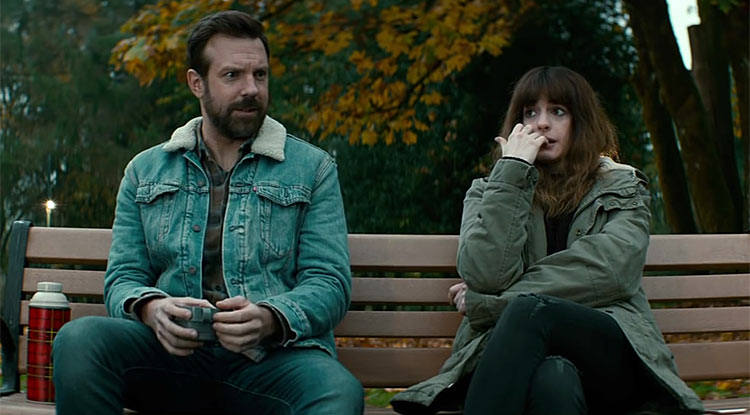
One of the most common complaints about the current state of Hollywood is its lack of originality. Everything seems to be a remake, or reboot or sequel, and original ideas seem like a thing of the past. It’s a legitimate concern, but also one that happens perhaps due to the fact that when a truly original film emerges, nobody shows up to appreciate it, as it was the case with “Colossal.”
A mad, creative and genius subversion of the kaiju genre and also of romantic comedy tropes, “Colossal” did get a few good reviews upon its release, but even they didn’t rave enough about the quality of the movie, as it should have been one of the most celebrated of the year. After all, it’s not everyday that a monster movie about toxic masculinity, regret and addiction comes along.
As that description suggests, Colossal is the kind of movie that works on multiple levels: the social commentary is keen and pertinent, and the character study aspect is also well-written and relevant, but even on a surface level, the movie is simply a blast, a wonderful kaiju monster story full of twists and surprises.
“Colossal” is one of the most original films to come out of Hollywood in years, and it serves as a testament to Nacho Vigalondo’s rising star.
2. Brawl in Cell Block 99
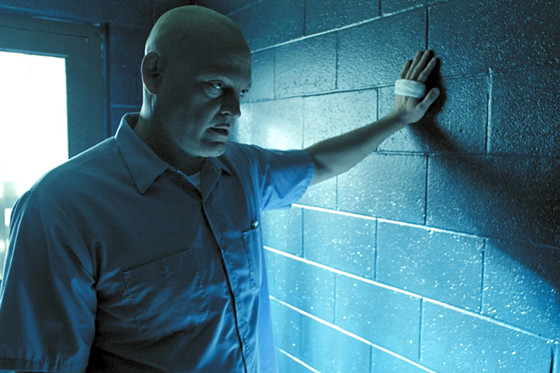
Much like original movies, another honorable tradition of Hollywood that seems all but gone is the grindhouse B-movie. Sure, Quentin Tarantino and Robert Rodriguez briefly brought it back with their “Death Proof” / “Planet Terror” double feature, but grindhouse as a genre no longer exists; there are no more the kind of insane, balls-to-the-wall movies one could see at a drive-in in the 70s. Thankfully, however, some filmmakers are trying to keep it alive and the best example of this bygone style of cinema to come out in decades is the glorious “Brawl in Cell Block 99.”
An insanely brutal, slow-burning crime film that would have been perfectly at home with the New Hollywood of the 1970s, the greatest time of American cinema; “Brawl” stars Vince Vaughn in a career-defining role as Bradley Thomas, a man who turns to crime to support his family and, after a job gone wrong, sees his life unravel once he’s in prison. And it’s best to say just that, because one of the main qualities of the movie is how gradually it reveals itself to the audience, with a patient, rewarding storytelling that culminates in one of the most gruesome and cathartic bloodbaths ever put to film.
But the most fascinating aspect of “Brawl in Cell Block 99” is its protagonist, brilliantly portrayed by Vaughn, in one of the greatest examples of an actor redefining himself in decades; Bradley Thomas is a gripping person who the audience will intimately know by the end of the movie, even if we know nothing of his past. That is a fundamental cinematic foundation that is not as respected as it should be, and writer/director S. Craig Zahler is exceptional at it; almost nothing about the character is revealed through dialogue, and Zahler, aided by the rich characterization of Vaughn, lets the actions of the characters speak for themselves, and the movie is all the better for it.
“Brawl in Cell Block 99” will undoubtedly become a classic, as it deserves to be.
1. The Lost City of Z
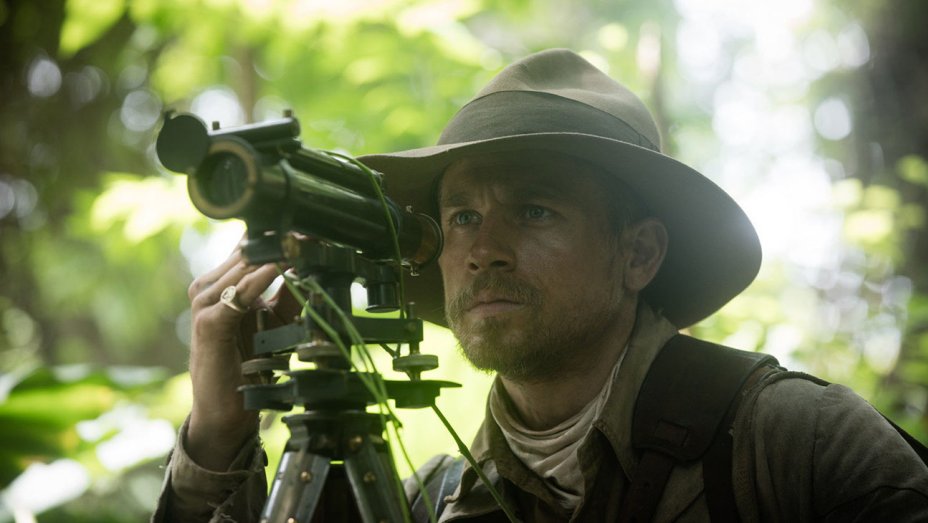
In keeping with the theme of the last two entries, 2017 also saw the return of an old cinematic genre that, though far from extinct, still doesn’t produce the same kinds of pictures it used to: the adventure movie. It could be argued that adventure films are alive and well and simply morphed into a different kind of thing, like superhero movies. That’s a valid argument, but no one can deny that the old-fashioned kinds of adventures that used to dazzle theatergoers in the Golden Age were nowhere to be found anymore. Until “The Last City of Z.”
An absolutely exhilarating, visually gorgeous, epic adventure film in the molds of classic Hollywood, James Gray’s “The Lost City of Z” is the real story of British explorer Percy Fawcett and his tireless, almost obsessive quest to find what he believes to be an undiscovered ancient civilization in the middle of Amazonia, in South America.
From there, Gray and his DP, Darius Khondji (one of the best alive), create that which is possibly the most beautiful movie of the year (yes, even more than “Blade Runner 2049”), lit to absolute perfection (it’s also important to point out that it was shot on film) in the most impressive shades of green.
But the film is not simply a visual spectacle (as if that weren’t enough) – it’s also an epic personal story about ambition and the beauty of peaceful exploration, about the need of the human race to expand its horizons, even if that may result in failure. It also features surprisingly thoughtful representation of both of the character’s and the time’s oppressive ideas (not only in the treatment of natives, but also of women, as portrayed by Sienna Miller, whose character mounts to much more than just “the wife”).
“The Lost City of Z” is the kind of movie bound for future reconsideration, like “Blade Runner,” and is a movie that people will look back at and wonder, “How did that not become an instant hit, with lots of awards?” It’s not only the most underrated movie of the year, it’s also one of the very best.